Shopping
Google Just Completely Rebuilt Its Shopping Experience
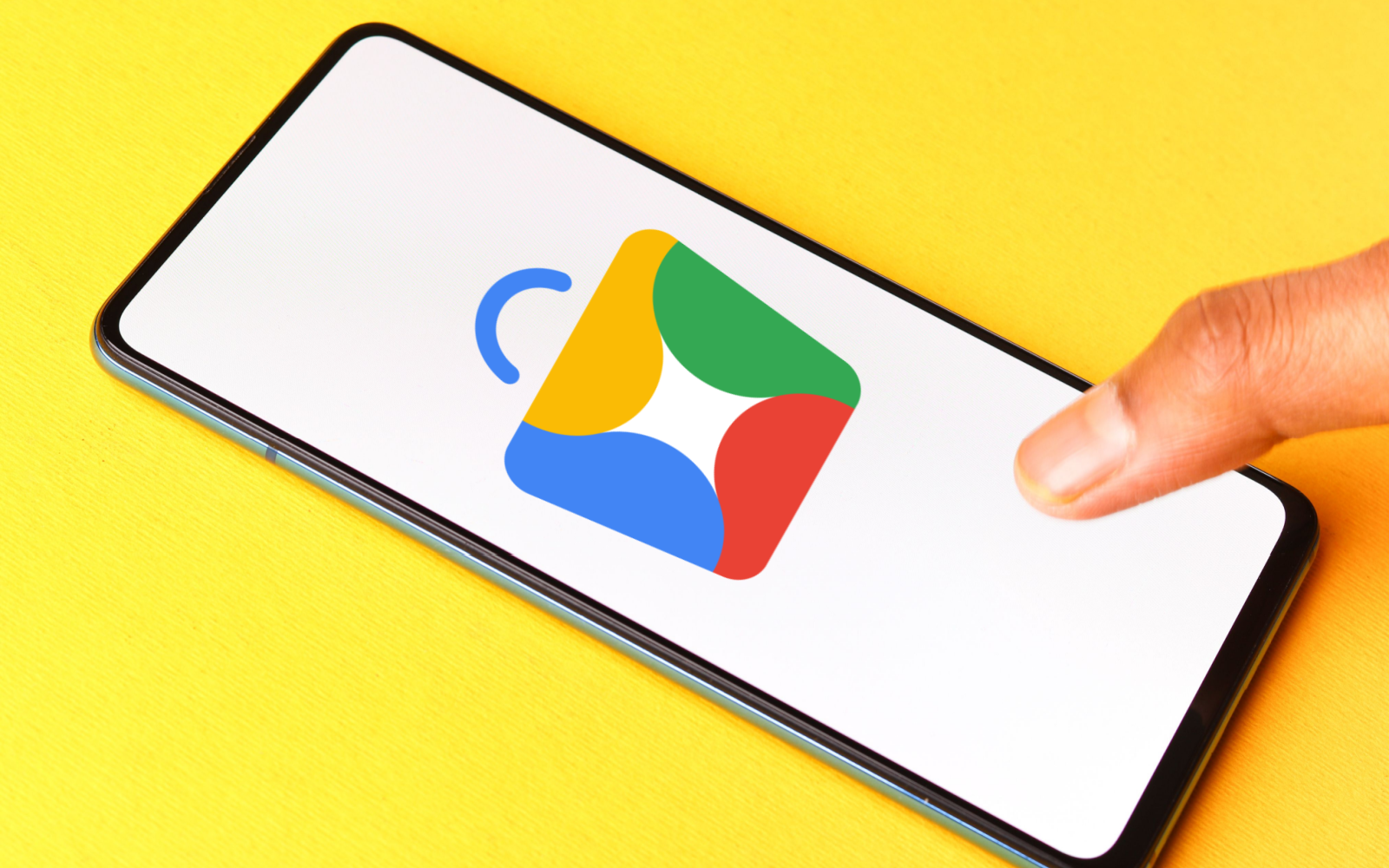
Google’s online shopping experience just got a huge revamp in the United States.
Just today, Google announced a major overhaul of its Shopping platform, built from the ground up using advanced AI technology.
This revamp pairs Google’s extensive Shopping Graph—boasting 45 billion product listings—with its powerful Gemini models, setting a new standard for personalization and convenience in e-commerce.
As of today, U.S. users will begin to see the rollout of this new AI-driven Shopping experience, which promises to transform how consumers research, compare, and purchase products.
AI at the Core of the New Shopping Experience
Google’s updated Shopping platform doesn’t just give consumers product listings anymore.
Now, it offers AI-generated briefs to guide users through their shopping journey, providing key factors to consider when buying a product.
But it doesn’t stop at providing product recommendations.
Google has incorporated advanced categorization, presenting products in a more organized fashion, making it easier for shoppers to navigate through their options.
Additionally, the new dynamic filters allow users to refine their search further by size, availability, and even geographic proximity, delivering hyper-relevant results that reduce decision fatigue.
The example below shows a mobile version of the new Shopping experience in Google, searching for “tea kettle for matcha”.
Similarly, the new desktop Google Shopping experience has received a major upgrade when using the same search for “tea kettle for matcha”.
What’s even more exciting is the integration of AR (augmented reality) and AI shopping tools. Users can virtually try on clothing or accessories, which can help speed up the process of purchase decision making.
Personalized Shopping Tailored to Each User
Another big revamp of the Google Shopping experience is a new personalized homepage feed.
Users will now start to see a compilation of shoppable products and videos based off your shopping behavior and preferences.
The platform aims to inspire consumers, not just help them buy.
The new Shopping platform also allows users to resume where they left off in their search, making it seamless to continue their decision-making process without starting from scratch.
You can easily revisit saved products, deals, and categories, allowing for a more continuous and connected shopping journey.
The example below shows the new personalized Shopping feed on a mobile device, showcasing individual products, deals, video content, and more.
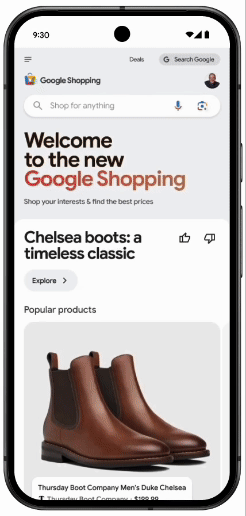 Credit: Google, October 2024
Credit: Google, October 2024For users who don’t want personalized results, there’s options to turn that off too. Google gives users the freedom to manage their preferences easily through their Shopping settings, allowing them to turn off or customize the extent of personalization.
Finding the Best Prices Just Got Easier
The new Shopping experience features price comparison tools, price insights, and tracking options that allow users to monitor price fluctuations over time.
One standout feature is the personalized deals page, where users can browse customized deals based on their shopping behavior and interests.
By clicking the “Deals” tab, shoppers can instantly find the best offers tailored to them.
The examples below show the new Deals experience on a mobile device, showcasing items like:
- Carousel product categories
- Top deals
- Latest deals
- Regular product listing ads (PLAs)
- And more.
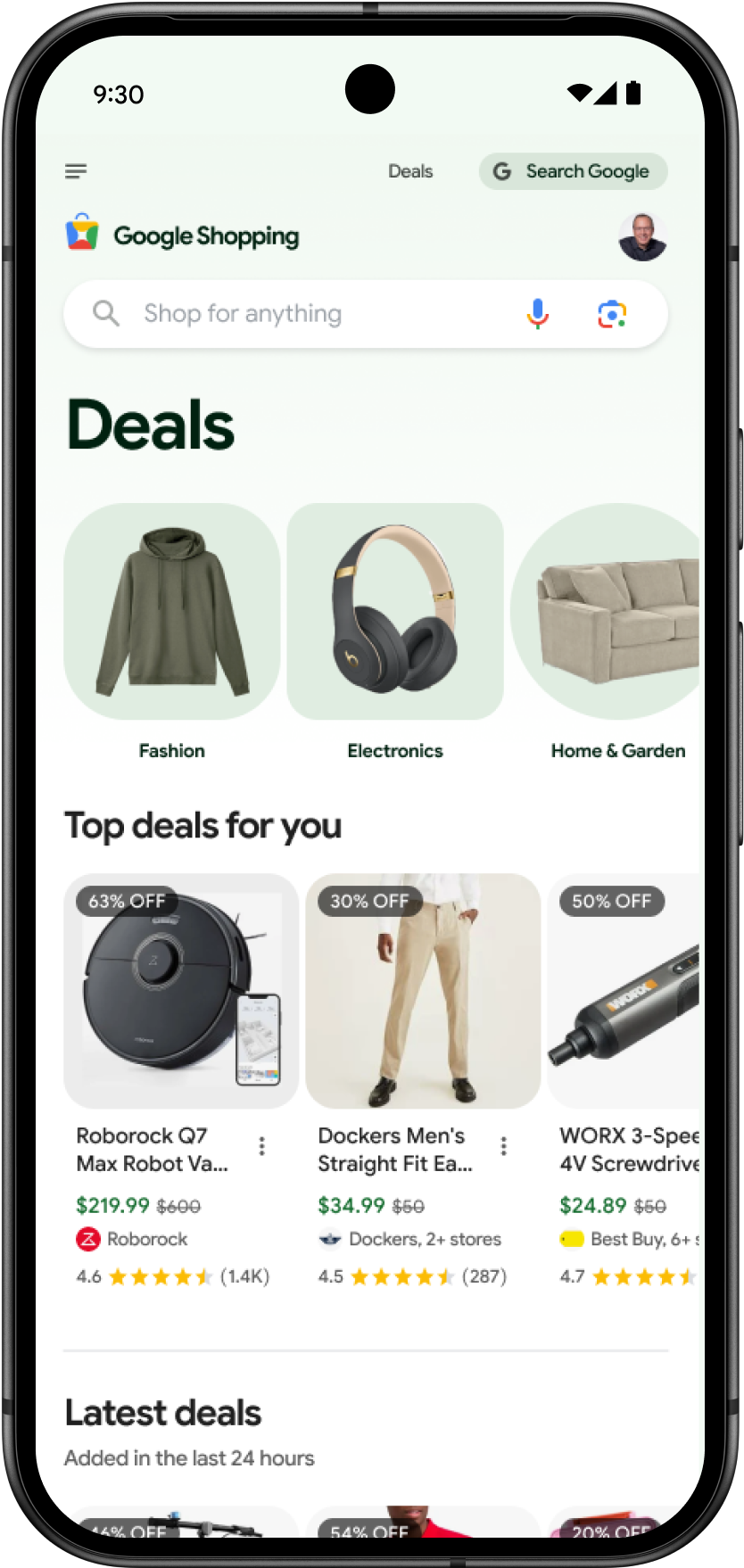 Credit: Google, October 2024
Credit: Google, October 2024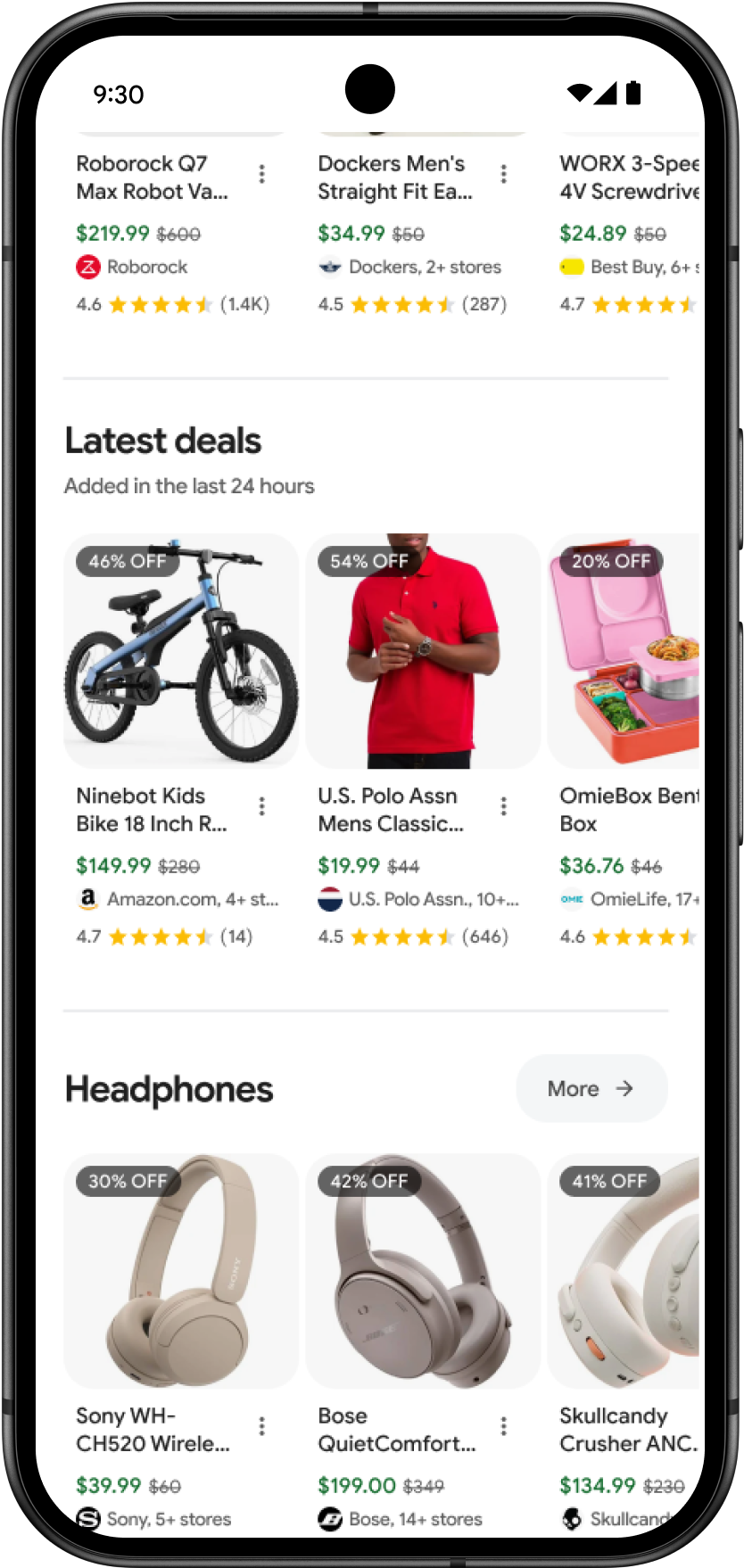 Credit: Google, October 2024
Credit: Google, October 2024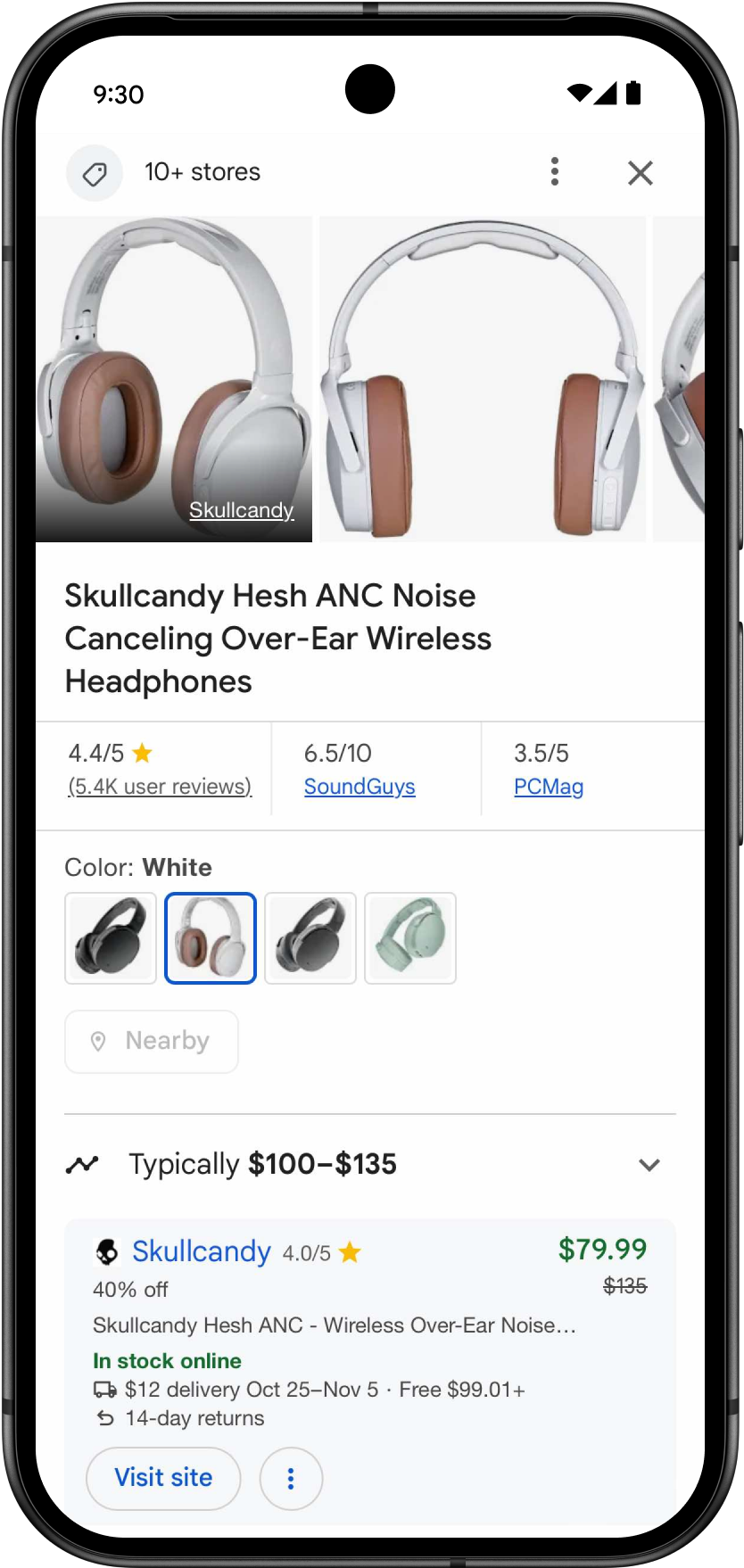 Credit: Google, October 2024.
Credit: Google, October 2024.What This Means For Marketers
Google’s revamped Shopping platform is not just a game-changer for consumers—it’s poised to significantly impact the marketing landscape, too. Here’s a few impacts that the new experience may have on marketers.
#1: Product Discovery Is Now AI-Driven
Marketers now have an unparalleled opportunity to appear in highly personalized search results, thanks to AI-generated product briefs.
This level of detail allows brands to be more relevant at the research stage of a shopper’s journey, making it crucial for marketers to ensure their product data is optimized for Google’s AI.
Brands that provide clear, concise product descriptions, high-quality images, and accurate attributes in their product feeds likely benefit from improved visibility.
#2: Enhanced Engagement with AR and Virtual Try-Ons
For fashion, beauty, and other visually driven categories, the inclusion of AR-based virtual try-ons represents a breakthrough in how products can be showcased.
Marketers can leverage these tools to create more interactive and engaging shopping experiences, providing potential buyers with the confidence they need to complete a purchase.
As Google continues to develop these capabilities, brands should keep their product images top-of-mind and how users may interact with them when trying to make a purchase decision.
#3: Personalized Marketing Opportunities
The new personalized homepage and tailored deal feeds offer a fresh avenue for marketers to get in front of their target audience.
With consumers now receiving highly curated shopping experiences, brands that focus on personalization in their campaigns will have a better chance of reaching shoppers with the right product at the right time.
Customizing offers, creating dynamic ad campaigns, and leveraging Google’s new AI-powered insights will be key to staying relevant in this new shopping landscape.
#4: Price Transparency is Key
With price comparison and deal-finding tools baked into the new Shopping experience, marketers should focus on price competitiveness and transparency.
Consumers are more informed than ever, and with the ability to track and compare prices, brands that offer clear value propositions will stand out.
Marketing strategies should emphasize not only quality but also the best value for money, aligning with the price-conscious behavior this new Shopping model encourages.
#5: Experimentation and Feedback
Given that the AI-generated briefs are still in their experimental phase, marketers have the unique opportunity to shape this feature.
By encouraging feedback from their customers and adjusting their product listings accordingly, brands can play an active role in improving the AI’s accuracy and relevance.
This two-way interaction between marketers, consumers, and Google’s AI could lead to more fine-tuned product recommendations and higher conversion rates in the long run.
Summary
Google’s reinvention of its Shopping platform marks a new era for online shopping—one that is faster, more personalized, and smarter, thanks to AI.
For marketers, this presents a host of opportunities to engage with customers in a more meaningful way, from optimized product listings to dynamic, immersive experiences like virtual try-ons.
As this new AI-powered Google Shopping continues to roll out across the U.S., marketers need to be ready to adapt, leveraging these innovative tools to drive brand awareness and conversion.
The new Shopping experience officially rolls out in the United States today, and will continue its rollout over the next few weeks to more users.









